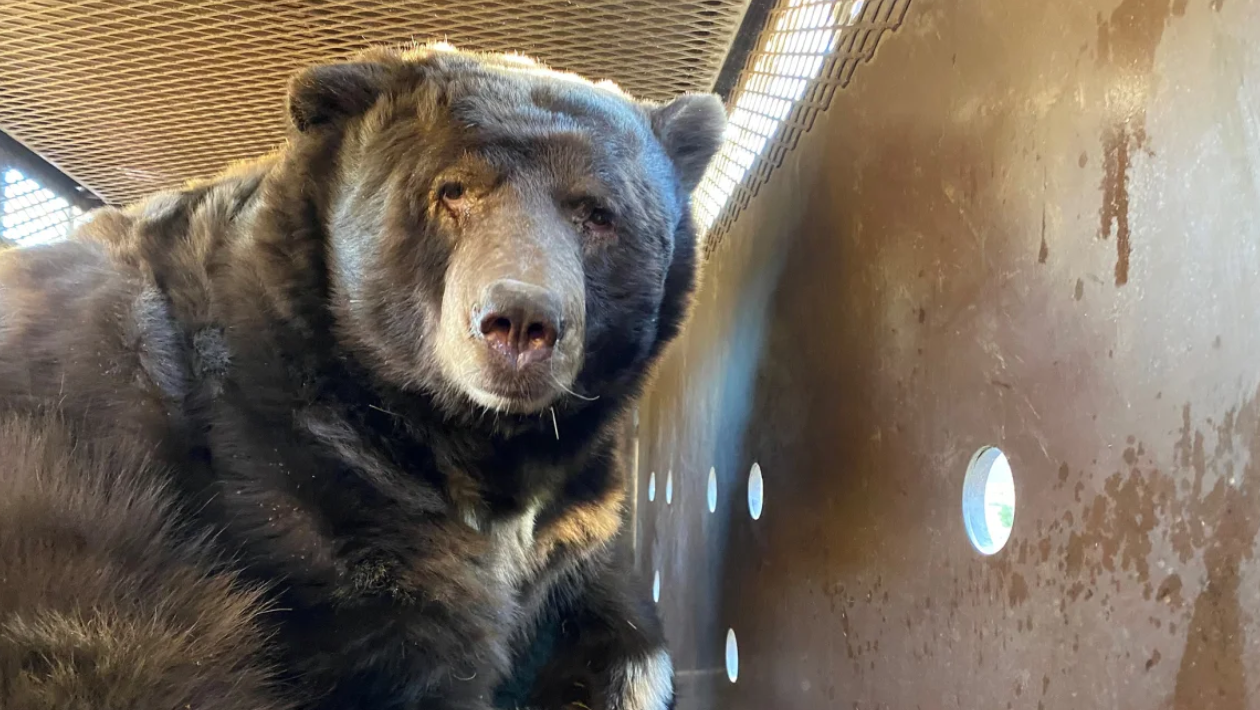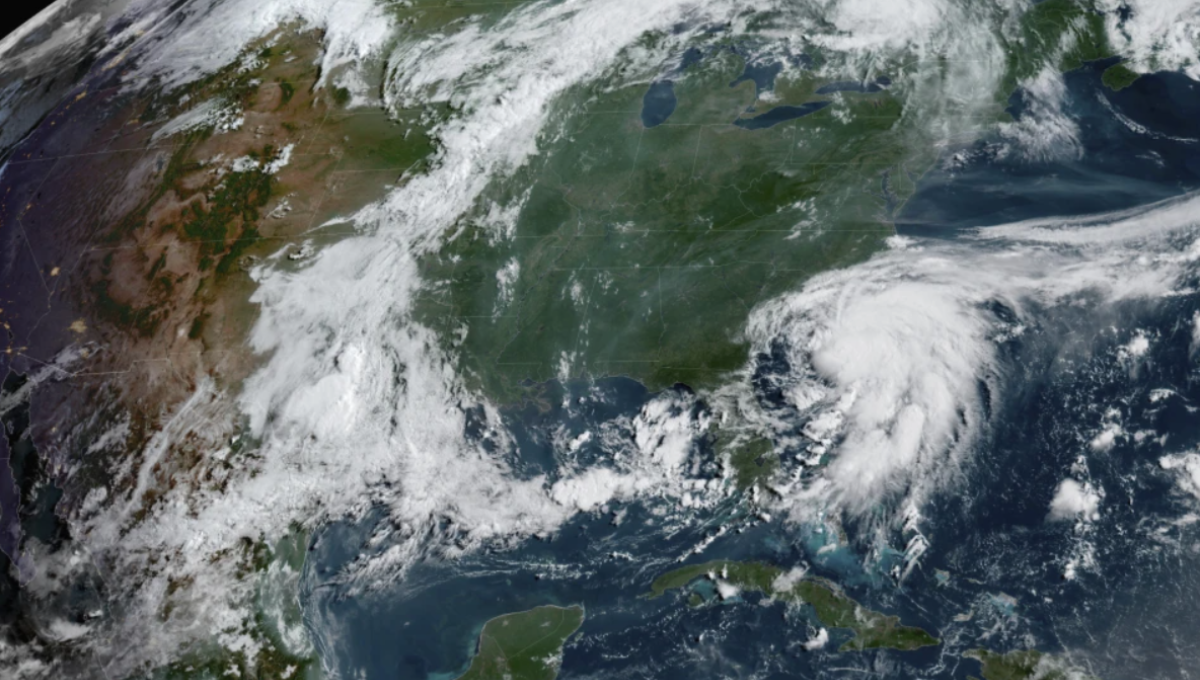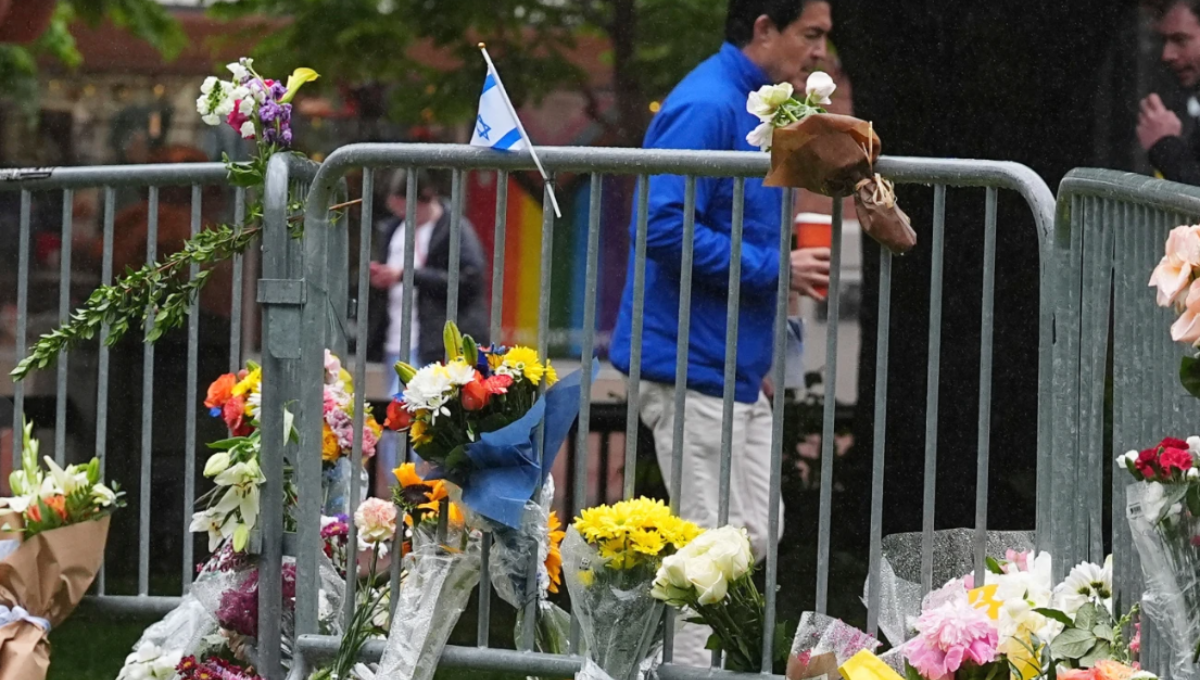A man from Southern California had quite a surprise when he returned home after evacuating due to last month’s devastating Los Angeles-area wildfires. Samy Arbid discovered that a 525-pound adult male black bear had taken refuge beneath his house in Altadena, California, after the Eaton Fire, which destroyed over 14,000 acres and became one of the state’s most destructive wildfires.
The bear, nicknamed “Barry” by locals, had been a familiar presence in the neighborhood, but no one knew he was living under Arbid’s home. Arbid described the bear as a generally calm creature who usually keeps to himself. Despite the fire’s destruction, the bear appeared unaffected and sought shelter under the house.
Arbid and his wife had heard rumors of a large bear in the area but never imagined one would take refuge beneath their home. They initially thought the strange noises coming from under the house were caused by a small animal, possibly an opossum. However, after setting up a camera, they were shocked to find a large bear.
When other residents evacuated, Barry decided to stay behind, seemingly unaffected by the smoke or flames. A wildlife biologist explained that bears will seek out secure places to shelter, and once they find one, they’ll stay there regardless of the fire’s presence.
It took a creative approach from wildlife experts to safely coax the bear out of its hiding place.
SoCalGas, a local gas and oil company, refused to service Arbid’s home until the bear was removed from the crawl space where they needed to work. It makes sense—having a bear around probably wouldn’t make the best work environment.
As a result, Arbid and his wife couldn’t restore their power until the bear was safely removed, so they needed help to handle the situation quickly.
The California Department of Fish and Wildlife (CDFW) was tasked with the challenging job of removing the large bear from such a tight space. The team was concerned about how Barry might react when he was finally coaxed out from under the house. To ensure everyone’s safety, the CDFW set up multiple cameras from different angles to monitor the bear’s behavior during the removal process.
Due to the bear’s large size, the wildlife team decided that using anesthesia to sedate him was not a safe option for his removal, as stated by the California Department of Fish and Wildlife in a January 29 release.
Biologist Kevin Howells and a team of eight wildlife experts spent nearly 24 hours trying to get Barry out of the crawl space. After some creative problem-solving—and the use of a rotisserie chicken—the team successfully lured Barry out from his hiding spot. Using a bear trap, they were able to secure him safely and begin the process of relocating him to a more suitable environment.
Barry was given a welfare check, fitted with a GPS collar, and released into the Angeles National Forest, as reported by the CDFW.















